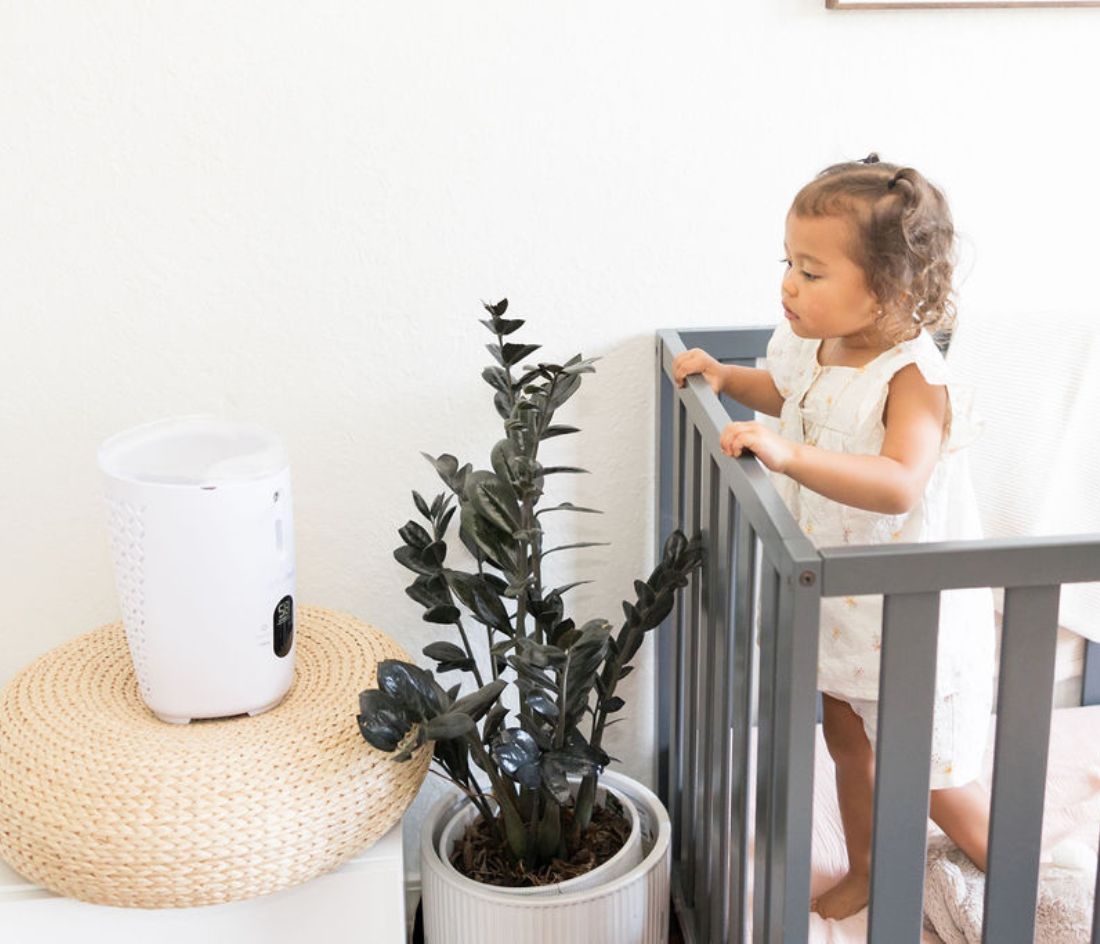Guest post by Holly Sanford, RN
Environmental allergies are a prevalent ailment among the pediatric population. While ongoing research is needed to determine the reason why some children develop allergies and others don’t, genetics risk factors reveal a strong correlation. Allergies can result after an exposure to mold, dust, grass, animals, pollen, bugs, smoke or a variety of other causes. Common symptoms of allergies, or allergic rhinitis, include sneezing, nasal congestion, runny nose and/or itchy eyes. Knowing the specific differences in children’s allergy medications can help you make the best choice for your child.
Although the symptoms can appear similar to that of a cold, your child will rarely have a fever with allergies and the nasal drainage will appear clear versus a green/yellow color. Sore throats, muscle aches and fatigue more commonly appear in viral or bacterial illnesses and not allergies. Additionally, infants rarely are diagnosed with allergies since cold viruses are far more common at this age. As a parent, it is challenging to see your child experience the ongoing discomfort of allergies. Fortunately, there are effective treatment options to combat these troublesome symptoms in children.
Differences in Children’s Allergy Medications
One of the safest and most effective allergy medications available are antihistamines. It is important to know how each medication will affect your child, especially regarding drowsiness and interactions with other medications. Medications labeled as second generation non-drowsy antihistamines include Zyrtec, Claritin, Allegra and Zyzal. Review the following differences to see if one of these may be right for your child.

Zyrtec is quick acting and may be used in children as young as 6 months of age. This medication may cause increased drowsiness.
Claritin may be used in children 2 years and older. It is less likely to cause drowsiness than Zyrtec but still may cause some drowsiness. This medication can take 1 to 3 hours to take effect.
Allegra can be administered to children 6 months and older. It is the least likely to cause drowsiness. While the time it takes to become effective in the body is faster, this medication may not last as long as Claritin or Zyrtec and will need multiple doses throughout the day to be effective.
Zyzal may be given to children 6 months and older. This medication is very similar to Zyrtec, including the rapid onset time with increased potential for drowsiness. It is not advised to take this medication with other CNS depressants.
Benadryl is not currently recommended due to the high risk of over-medicating and the potential for harmful side effects.
Nasal sprays are also often utilized for allergy relief. These medications have a steroid component which helps decrease swelling. It is not typically recommended to use these sprays for more than 2 months at a time.
Flonase, a popular nasal spray, may be used in children 2 and up. It may take a few days up to a few weeks to experience results. In addition to targeting the nasal passage, this medication may also help relieve itchy, watery eyes.
Nasocort is commonly used in children 2 and up. Results are typically experienced within a few days and it specifically provides relief for nasal discharge, stuffiness or sneezing.
Rhinocort may be used in children ages 6 and up. It generally works within a day or two and may take a few weeks to reach a peak effect.
Eye drops can be difficult to administer to children but are nonetheless an excellent source of relief for itchy, watery eyes.
Zaditor, Claritin Eye and Alaway are eye drops used in children three and up. They can be administered 1-2 times a day 8-12 hours apart.
Other Things to Know About Differences in Children’s Allergy Medications
Other non-pharmacological methods to managing your child’s allergies include removing the source of irritation, washing hands after playing outside, bathing at night to minimize overnight irritants, rinsing the nasal passage with sterile saline and limiting experiences with animals that incite allergies.
We also shared some insight as to the differences in children's allergy medicine over on TikTok! Are you following? If not, you can follow Dr. Noze Best HERE!
@drnozebest #question from @drnozebest can you tell the difference? Read the label! So confusing! #readthelabel #confusion #sedative #themoreyouknow #cold #allergies #surgeon #seesomethingsaysomething ♬ original sound - Dr. Noze Best
Always consult with your pediatrician when starting a new medication for allergies. Overall, as a parent, knowing the differences in children’s allergy medication can make shopping for and treating your child a much easier process. A few small changes may be just what they need to feel normal again and enjoy their childhood!
Holly Sanford is a mother and a pediatric nurse of 9 years with a lifelong passion for helping children and their families. In her free time, she loves cooking new recipes, traveling to unique places and staying active with her family.
If you enjoyed learning about ear tubes, you will also love these posts:
- Everything Parents Need to Know About Croup
- Signs of Respiratory Distress In Children
- 3 Ways to Increase Fluid Intake When Your Little One Has a Cold
- 5 Things Parents Need to Know About Ear Tubes
- How to Identify and Help With a Tongue Tie
Try our NozeBot today!



